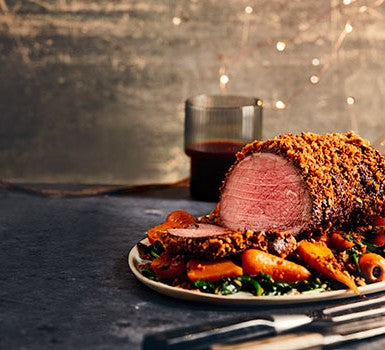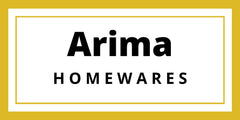
Carving Beef Guide
Your secret to Meat mastery with our wide range of carving tools that are designed for more than just a Sunday roast. Perfect for your Friday, Saturday, any day that make you create a delicious roast with a new-found precision & confidence.
The ultimate carving or serving fork - with a curved shape - New Wüsthof Classic Curved Meat Fork

Designed to hold with precision & ensure the smoothest of slices. Furi Pro Carving Set 2 Piece

How to carve a boneless beef roast
- For the juiciest roast, allow the beef to rest for 20 minutes before carving. This allows the meat juices to redistribute and makes carving easier.
- Place a dampened napkin under the board to prevent it moving as you carve.
- Steady the beef with a carving fork and begin to carve the roast with a slicing (not sawing) motion, using the full length of the blade.
- Carve across the grain of the beef at a consistent angle. Gently remove any strings or skewers as you carve.
- Transfer the beef roast slices to a warm plate or serving platter and spoon any juices over the top.
How to carve standing rib roast
Carving a standing rib roast is easier if you ask your butcher to remove the backbone and cut the rib bones short.
- Stand the rested rib roast upright, holding the bones with your free hand (use a clean kitchen towel if you’d like).
- Using a long, thin-bladed carving knife, cut between the bones and the meat, following the curvature of the bones as closely as you can, until you get to their base.
- Once you get to the bottom, fold the bones outward as if they’re on a hinge, then cut along the bottom of the roast to remove them completely.
- Cut the meat into slices (across the grain).

